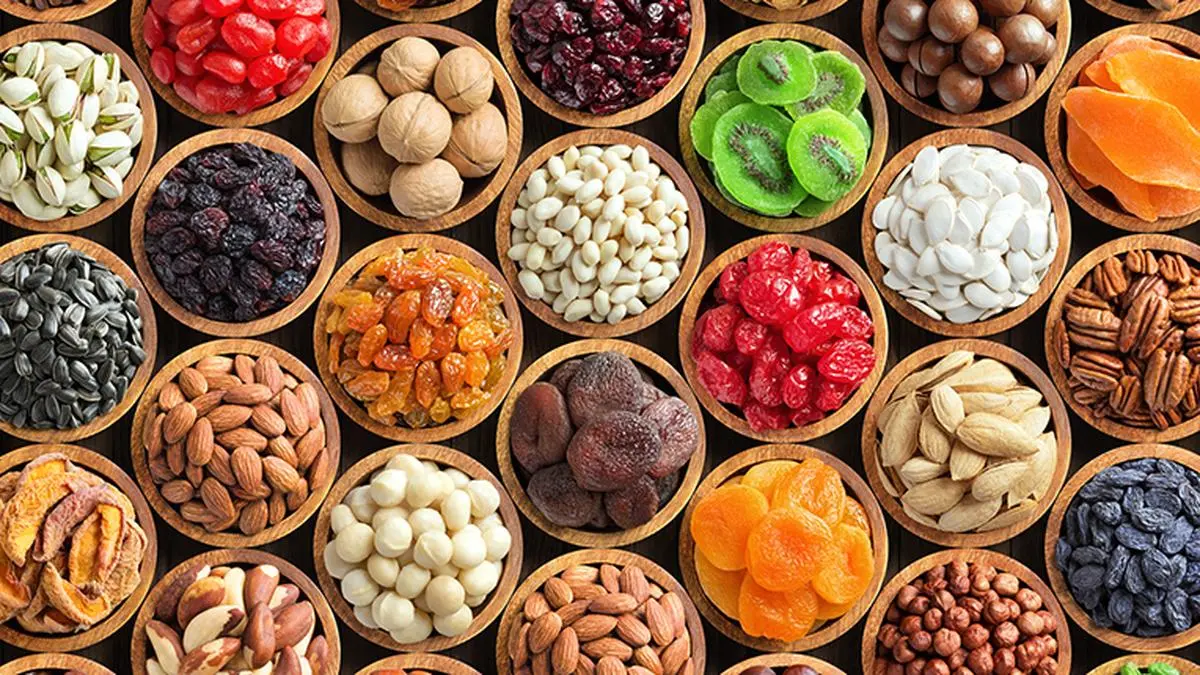As Diwali shoppers fill their baskets with almonds and walnuts, few realise that most of these “Indian” dry fruits aren’t truly Swadeshi. There is an intense tug-of-war in marketing this produce, which has a ₹60,000-crore market dominated by nearly 75–80 per cent imports.
Agritech startup KisaanSay is marketing Indian-grown dry fruits as a premium, “flavour-rich” alternative to imported varieties. “We did a blind survey (without revealing whether product is imported or domestic) of consumers’ taste recently at New Delhi’s upmarket Connaught Place area, targeting young people. All of them (100 per cent) rated domestic dry fruits higher, much above imported ones in terms of taste, quality and sweetness,” said Nitin Puri, CEO of KisaanSay.
Puri admitted that consumer perceptions remain skewed in favour of imported nuts. To build awareness, KisaanSay has appointed dealers in Dallas (US) and Dubai (UAE) to export Indian dry fruits—hoping that global recognition will help boost their acceptance at home. The company estimates the market for truly domestic produce at around ₹3,000 crore, a fraction of the overall industry.
Industry experts, however, argue that imported nuts cannot be dismissed as entirely foreign. Gunjan Jain, founder-president of the Nuts and Dry Fruits Council (India) and promoter of the Nutraj brand, said most imports arrive raw and are processed, roasted, and packaged in India. “In that sense, they’re part of the Make in India ecosystem,” she said.
Dry fruit consumption is rising 10–15 per cent annually, with import-linked turnover estimated at ₹32,000 crore. But domestic production has stagnated. India’s walnut output has stayed flat at 30,000 tonnes for more than three decades, while China’s has soared from the same base to 12 lakh tonnes.
Jain urged the government to push cultivation under a “Grow in India” drive.
The government needs to have a special focus on dry fruits and the industry body NDFC has suggested “Grow in India” campaign to raise production. “Jammu & Kashmir, Himachal Pradesh, Uttarakhand and Arunachal Pradesh have suitable climatic conditions where walnuts and pecans can be grown. Even the entire coastal region is suitable for cashew nuts,” said Jain, who owns the brand Nutraj.
Pecans are sweeter and have a buttery flavour, while walnuts are more earthy.
The consumption of pistachio, which is mostly imported, has grown to 40,000 tonnes/year from about 9,000 tonnes five years back. Similarly, consumption of walnuts have surged five-times to 90,000 tonnes in the last eight years, according to Jain. He also pointed out that India’s walnut production remained constant at about 30,000 tonnes in last 30-35 years whereas in the same period it has grown from 30,000 tonnes to 12 lakh tonnes in China.
As the “swadeshi versus processed-import” debate intensifies, one thing is clear: India’s festive nut bowl may look local, but much of it is filled with foreign harvests, merely finished on home soil..
With consumer sentiment increasingly tilting toward locally sourced products, the tussle over what qualifies as “Indian” could redefine how the dry fruits market positions itself—and how much of the festive spend remains truly home-grown.
Published on October 12, 2025
